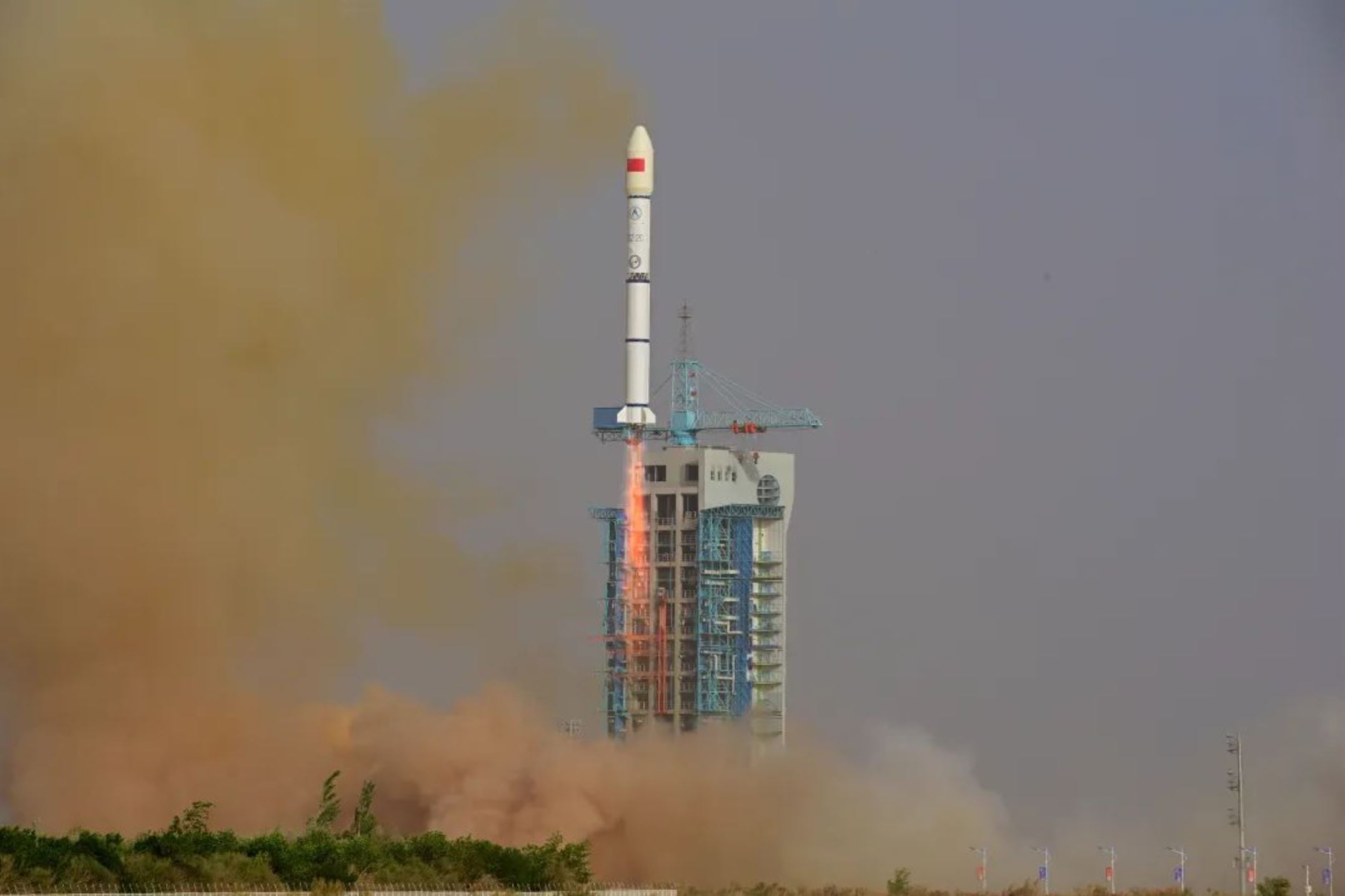China launches 3 communications test satellites to low Earth orbit (video)
The nation is looking to build its own version of SpaceX's Starlink broadband network.
China launched three new test communication satellites to low Earth orbit as the country looks to build its own version of SpaceX's Starlink broadband constellation.
A Long March 2C rocket lifted off from the Jiuquan Satellite Launch Center in the Gobi Desert at 6:30 p.m. local time (6:30 a.m. EDT, 1030 GMT) on May 20, the China Aerospace Science and Technology Corporation (CASC) stated.
A Yuanzheng-1S upper stage released three satellites, all of which are designed to carry out tests and verifications of in-orbit communication technologies, according to Chinese state media.
Related: The latest news about China's space program

Notably, two of the satellites were developed by Changguang Satellite Technology Co., Ltd., a remote sensing satellite developer and operator spun off from the state-owned Chinese Academy of Sciences (CAS). The spacecraft carry inter-satellite laser communications payloads developed by another CAS institute and could help satellites send information to each other and reduce the need for ground stations on Earth.
The other satellite was developed by Aerospace Dongfanghong Satellite Co., Ltd, which belongs to the China Academy of Space Technology (CAST), itself a major spacecraft-making institute under CASC.
China is planning to construct a 13,000-satellite megaconstellation in low Earth orbit as its answer to SpaceX’s Starlink and other broadband constellations, such as the network OneWeb is building.
Get the Space.com Newsletter
Breaking space news, the latest updates on rocket launches, skywatching events and more!
Companies involved in the May 20 launch could be in with a shot of securing contracts to build out the constellation, as could others such as Galaxy Space, which launched six test satellites in March.
Follow us on Twitter @Spacedotcom or on Facebook.
Join our Space Forums to keep talking space on the latest missions, night sky and more! And if you have a news tip, correction or comment, let us know at: community@space.com.

Andrew is a freelance space journalist with a focus on reporting on China's rapidly growing space sector. He began writing for Space.com in 2019 and writes for SpaceNews, IEEE Spectrum, National Geographic, Sky & Telescope, New Scientist and others. Andrew first caught the space bug when, as a youngster, he saw Voyager images of other worlds in our solar system for the first time. Away from space, Andrew enjoys trail running in the forests of Finland. You can follow him on Twitter @AJ_FI.










